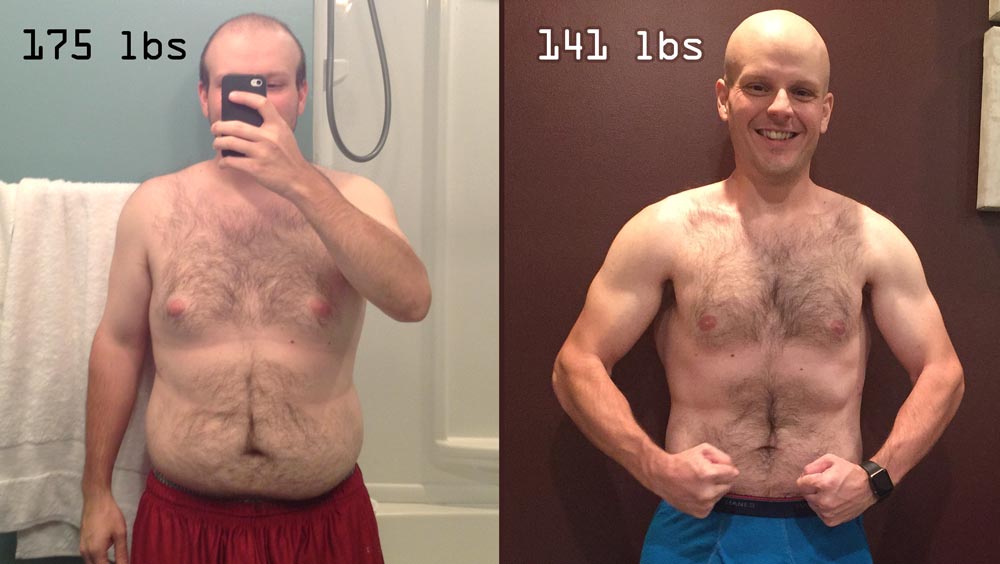
This November marks my one year anniversary eating low-carb, high-fat. It got me to think about the most important lessons learned.
One year ago, I had no idea where this path would lead. I was doing my best to adapt to the keto diet but there were plenty of days where self-confidence was lacking.
As you can see from the before and after weight loss photo above, I’m in better shape today than I’ve ever been!*
This is also the longest that I’ve maintained weight loss than ever before.
First, let’s take a look at the hard data that I’ve tracked…
Monthly Numbers

Here’s a few noteworthy takeaways:
- Starting Weight: 176 lbs
- Current Weight: 141 lbs
- Avg Daily Calories: 1775 kcal
- Avg Daily Fat: 135 grams
- Avg Daily Protein: 85 grams
- Avg Daily Carbs: 50 grams (total, not net)
- Macro Breakdown: 70% Fat / 19% Protein / 11% Carbohydrate
- Avg Morning Blood Sugar: 86 mg/dL
For the first 6 months, I counted macros and calories for everything I ate.
Once I was close to my goal weight, I stopped tracking to see if I could manage without that form of accountability.
Safe to say, my weight has remained in the 140-143 lb range for the last 6 months.
The 3 Phases of Weight Loss
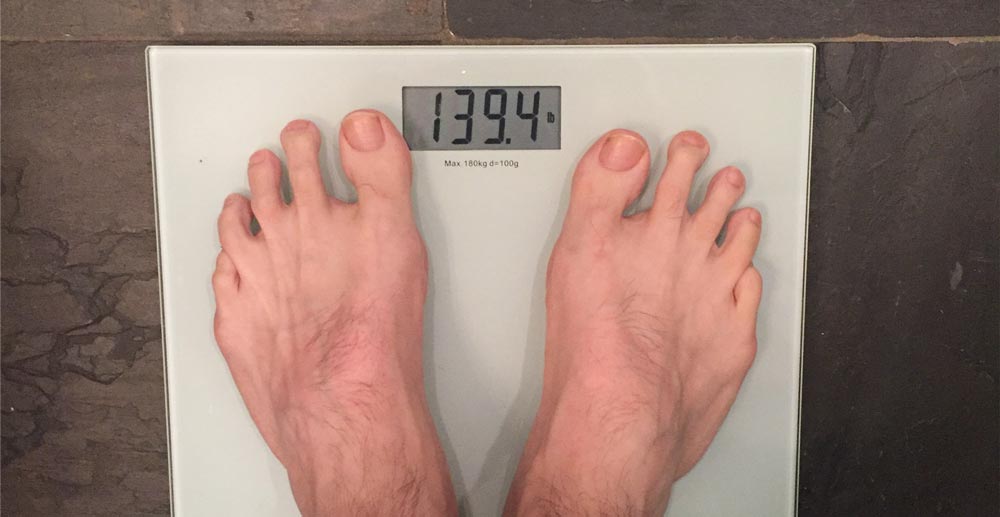
My past weight loss failures and success taught me about the 3 phases that you must conquer to achieve your goals.
Phase #1 – You Decide “This is Enough”
Those who lose weight always start with a deciding moment where they finally admit that the way they are currently living isn’t healthy.
You want to improve your life, both physically and mentally, and you take action.
It’s rare you don’t hear that singular “moment” when listening to someone else’s weight loss story, my own included.
If I had to boil it down to one emotion, it was disgust.
You realize all the mistakes you made to get to this point, and regardless of how small or large your goals, you realize the road ahead is steep to reverse these past eating decisions.
Most folks shift their diet 180 degrees and follow a specific eating plan, whether it’s keto, paleo, vegetarian, vegan, organic, green smoothies, etc.
Both times that I lost significant body fat, it was with a low-carb diet, so that has worked best for me!
Phase #2 – Losing Weight & Learning
Chances are all diet programs will work short-term.
Why is that?
The simple answer is most American diets are incredibly heavy on carbs and sugar.
When you either (a) reduce calories or (b) eat more whole foods, it’s inevitable that you are going to see an improvement in your weight.
But there is a limit to this, and it’s different with every diet and every person.
One thing is certain, if you heavily reduce the calories you eat, that’s impossible to follow long-term. And if you fall off the wagon, you’re likely to crash harder due to real physical hunger.
That’s why it’s important to always consider the long-term sustainability when you are in the “testing” phase.
My view is never test a gimmick or obviously unsustainable diet (i.e. “juice fast”). It’s not worth it.
The most important metric is how you feel each day.
Which foods does your body handle the best? Which foods do you love that you never get sick of eating? Do some foods cause bloating or disrupt your normal digestion pattern?
The best way for you to learn is by keeping note of this.
The dichotomy is that even when you are gaining knowledge, you will still doubt yourself and your decisions.
We question whether we can sustain this weight loss.
What will happen in 6 months? Am I going to continue eating this way? How bad is it to cheat once a week? I have 5 events planned in the next 2 weeks and can’t avoid certain foods… why am I even following a diet? Am I happy restricting what I eat?
You have to find balance. You have to enjoy your daily eating routine, while realizing that achieving better health requires a level of sacrifice.
If you fall back on old habits, you’ll get the same results you’ve always had.
This phase is all about developing long-term, sustainable habits that are ideal to YOU.
You should research and ask for help when needed, but there is no one on earth who can tell you what’s best for you.
Phase #3 – Maintaining Weight Loss
A disciplined person will eventually reach their goal weight – or damn close!
This is a risky point. I failed here in the past.
When you get there, overconfidence becomes a factor.
You can think you are bulletproof, when in reality the slope back to old habits is incredibly slippery.
They are wired in your brain and re-learning them takes much less time than developing an entirely new habit.
This is why it’s important to really hone in on your personal energy level and your level of food enjoyment.
If you nail these two things down, you will have much more desire to maintain your new, healthy habits.
Top Lessons I’ve Learned
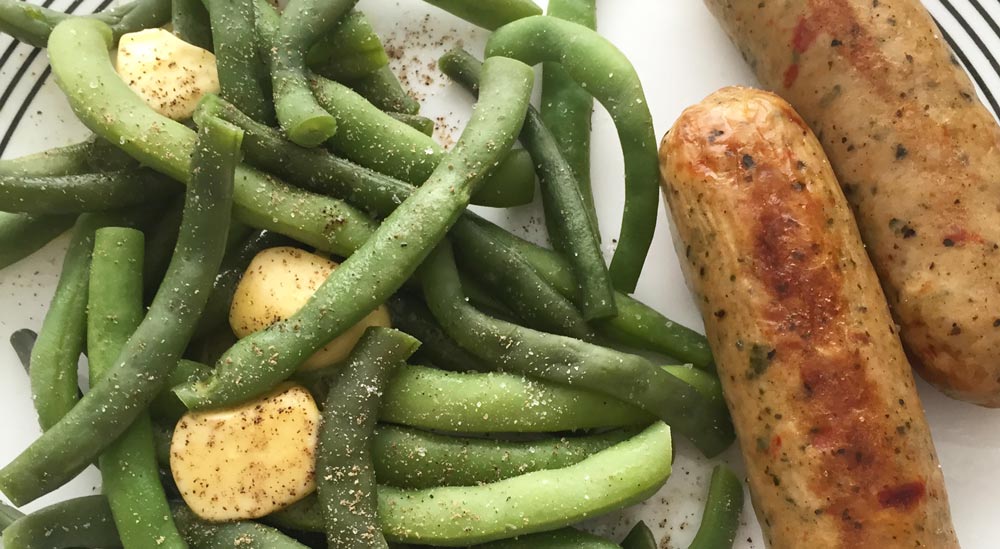
Definition of “Diet”
Nutrition is one of the hottest, most fiercely debated topics today. For good reason.
You eat everyday. Food is your fuel. Eating is comforting. It is necessary for your survival. Breaking bread with others builds relationships.
With an obesity crisis underway, it’s not surprising you find people with different ideas on how to live healthy.
First, let’s consider the word “diet”. There are two ways to think about this: 1) your “diet” is simply what you eat and 2) a “diet” is a short-term regime that you follow.
In the second sense of the word, there is an inferred restriction which is usually calories. You’re under-eating in order to lose weight faster.
The “keto diet” is the opposite of this. It’s a way of living long-term.
It’s not restricting calories so much as restricting carbs.
When you eat high fat, you regulate your calorie consumption better, causing less hunger.
Science suggests that your body partitions these calories more efficiently so you don’t store as much in your fat cells.
Which brings me to the next point…
Sustainable Diet is Everything
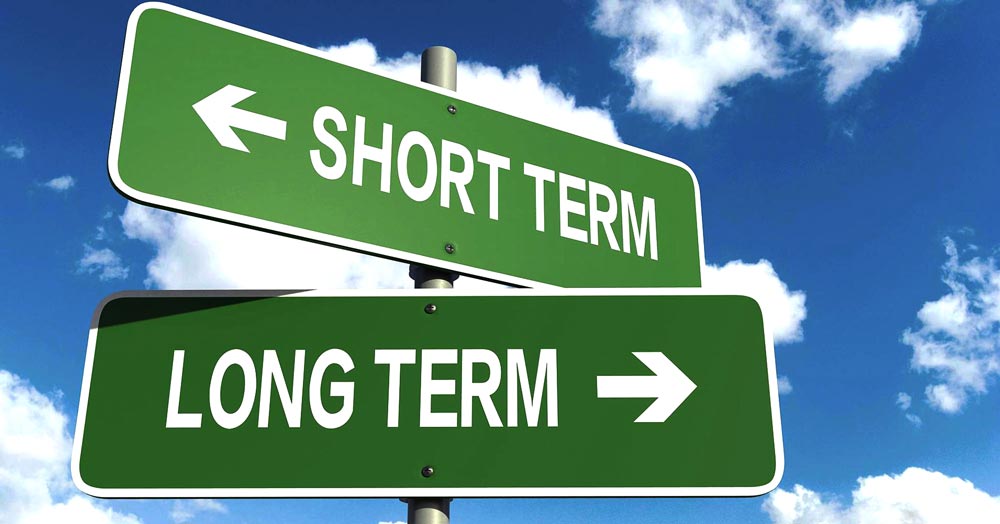
Anybody can lose weight if they follow a strict plan. But most who use this method gain back all the weight they lost.
If you truly want to be healthy, you need to think long-term.
You can drive short-term results through sheer willpower and motivation, but that doesn’t last.
There is a finite amount of willpower that you can muster up until you break.
When that happens, you fall back to old habits.
Embrace Healthy Habits
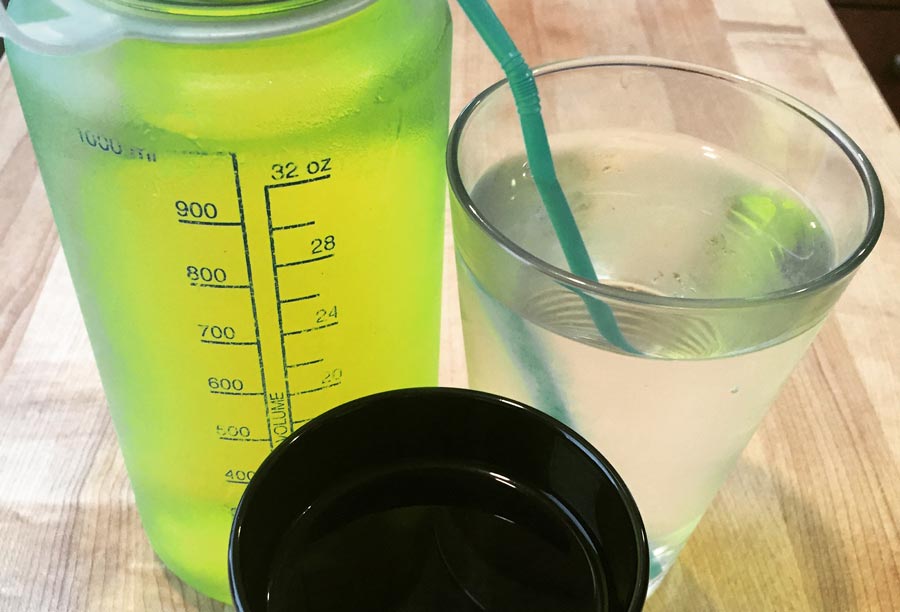
You’ll hear me say this all the time – the struggle isn’t so much finding the perfect foods as it is breaking bad habits and creating healthy habits.
The grind is that habits take weeks to implement, and you shouldn’t attempt too many at once or else your life becomes chaotic.
I’ll list a few here that were instrumental to my success:
- Drinking Calories – Not drinking calories was the absolute first change I made towards living better. I still ate fast food, high sugar, high carb. But I was determined to stop the added consumption of less filling calories from liquid. This meant juices, sodas and milk.
- Drinking Water – Removing liquid calories was only one part. I had to force myself to drink more water over a long period of time. It wasn’t easy at the beginning. Now it’s second nature, and I start every morning with multiple filled containers ready to hydrate.
- Eating Fast Food & Takeout – In America, eating on-the-go is a way of life. We’re so accustomed to it that when you cook for yourself, it’s a foreign concept. The reality is these places use low quality ingredients. You eat better, for less money, when you make your own meals!
- Meal Prep – Despite my passion for cooking, I slept odd hours in my early-to-mid 20’s which influenced me to make bad food choices late at night. Eventually I became proactive with having healthy meals prepared for these occasions where time is squeezed.
- Mindless Snacking – As a kid, I used to watch TV and eat Doritos after school. It’s times like these where you can eat a ton in one sitting without even realizing it. Nowadays, I watch much less TV which has helped me reduce the opportunities for these mindless calories.
- Domino Foods – I don’t mean Domino’s pizza. Or maybe I do. We all have foods that we are OK with eating in moderation, and others that trigger our mind into believing we need to eat everything in sight. Regardless of whether you are obese or 100% fit, these foods and mental cravings don’t go away. You must build your toolkit to manage them, and stick to your guns when they are around.
- Sedentary Life – Notice how all the previously mentioned habits are eating-related, and this is the first activity-related one? That’s purposeful. We all have bad eating habits, and until we straighten them out, getting healthy through exercise alone is a losing battle. Step #1 of activity is so simple and underrated – standing and walking. We sit too much at work and at home. Just get up and move more. Do more tasks around the house. Take a 5-10 minute break each hour. My first move was switching to an office standing desk.
- Workout Routine – The is the final piece to fitness. Once your comfortable with a sustainable diet, you can tone/build muscle with an enhanced exercise regimen. I value simplicity when it comes to getting in shape. You don’t need a gym membership, you don’t need an entire room dedicated to weights, you don’t need anything but your body to get started. My first exercises were push-ups only. Over time, I’ve added small and portable workout equipment like a kettlebell, pull-up bar and resistance bands.
I believe most people take on drastic changes that are unsustainable, when the better approach is to set the bar low enough that you’ll do it everyday.
Once you build the habit of doing something everyday, you can start layering these small changes that compound on each other towards your ideal lifestyle.
Less Hunger, Ability to Fast

This is a real effect of the keto diet.
At the beginning, I had trouble eating over 1000 calories some days.
It led to me think, “what the hell is going on”?
Eventually my body adapted and I became more routine with my eating approach.
But the nice thing is if I don’t eat for 12+ hours, I don’t feel horrible.
When I have a big lunch, I often don’t want to eat again for 7+ hours.
I want to do a longer fast, around 24-36 hours (* I don’t recommend this for you without research and/or doctor supervision).
I’d supplement with chicken stock for micro-nutrients. There is always a homemade batch in my freezer.
Fasting has healing benefits but you may show side-effects, so it’s important to have a plan with support.
Surprisingly Easy Preparation
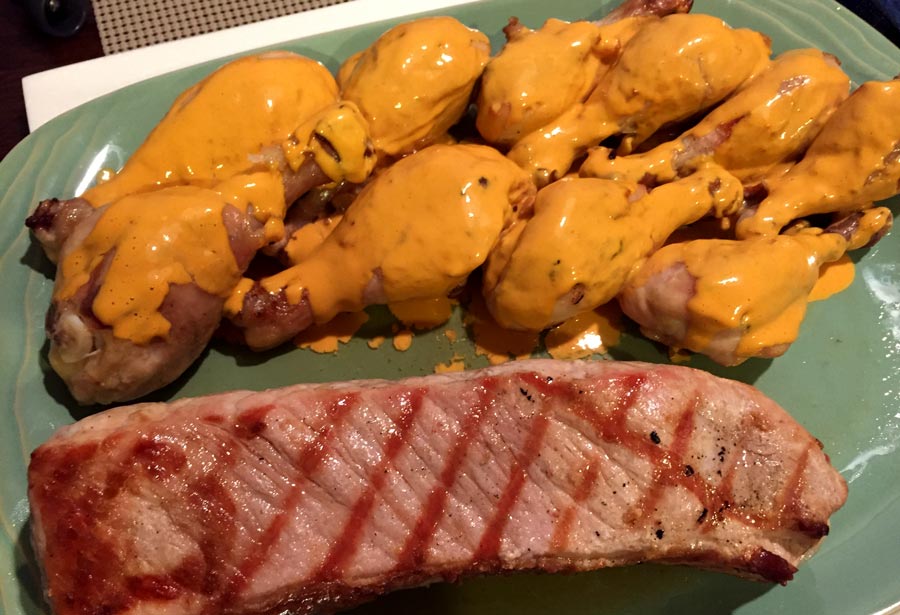
Some diets require you to spend inordinate time meal prepping each week.
Once you settle into the foods you enjoy, it doesn’t have to be hard with keto/low-carb.
And it doesn’t have to take a lot of time.
In fact some of my favorite foods are no-cook: mixed nuts, pepperoni, salami, cheeses, canned tuna.
Many meals are incredibly easy and quick: bunless burgers, grilled meats, eggs, bacon, steamed veggies with butter, salads.
I always cook in bulk and have on-the-go foods ready because you don’t want to give in on the days you don’t want to cook!
Little Real World Support
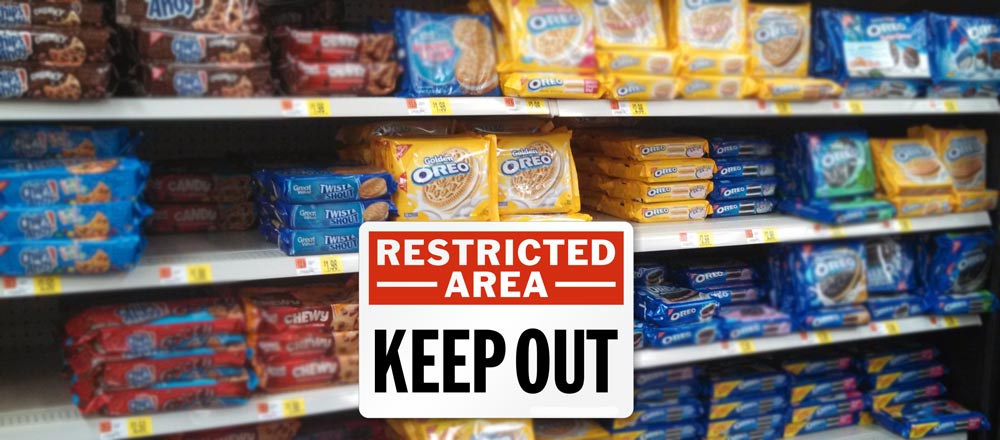
When you are eating more natural ingredients, your radar for food industry bullshit becomes finely tuned.
They’ll trick you into believing fast food is healthy. Not surprisingly, this brainwashing via marketing works.
And here’s the cold truth – even your friends and family can be a hassle on your weight loss journey.
Let me list a few examples of what I mean:
- Grocery Store Aisles – Every inner aisle is highly processed, high carbohydrate, high sugar, unhealthy food. It takes enormous discipline to avoid these aisles. Plus you have a limited selection of fresh, organic food from many local supermarkets.
- Friends & Family – Most friends will accept and support you. But they are not going to alter their lives around you, and you shouldn’t expect that. There will still be parties, gatherings and impromptu bar/restaurant trips that might seduce you into cheating. The thing is there are so many of these on the calendar, that you’ll eventually go right back to not caring. I’ve done it.
- Eating Out – It’s much easier to be disciplined with a meal plan, and cooking most of your food. When you are out, it’s surprisingly easy to find a keto option. Salads, no-bun burgers, meals with veggies instead of starch. But it’s simultaneously tempting to go with the “house special” which is never low-carb.
- Advertisements – TV, radio, magazines, internet… they are everywhere! And they are trying to influence you to eat crappy, low-quality food. You have to shut this out, or it will get to you. We are human, not robots. And when faced with delicious looking food again and again, it’s no match. Build your resistance to this major, persistent influence.
In short, it’s rare to find a person that advises you to make smart eating decisions. You’ll get more funny looks than encouragement.
Instead your co-eaters with push you towards indulging because that’s in our society’s nature.
They may attempt to make you feel bad if you decline their offer.
You have to become the leader of your life, and on many occasions support yourself when no one else will.
Stable Blood Sugar

Throughout the year, I measured my blood sugar about 20 times.
The average for these readings is close to 90 mg/dL.
The highest morning glucose recorded was 104 mg/dL – with a note of a cheat meal the night before at a Memorial Day BBQ. So that explains the blip.
When I was more strict with my carbohydrate intake at the beginning, my blood sugar readings were in the high 70’s and low 80’s.
Since reaching my goal weight, I’ve slightly increased my daily carb total by 10-20 grams. This is partly because I’m working out everyday.
Lately my readings have been high 80’s.
I’m OK with this because I’m maintaining my weight within a tight range.
Manage Cheat Meals & High-Carb Days
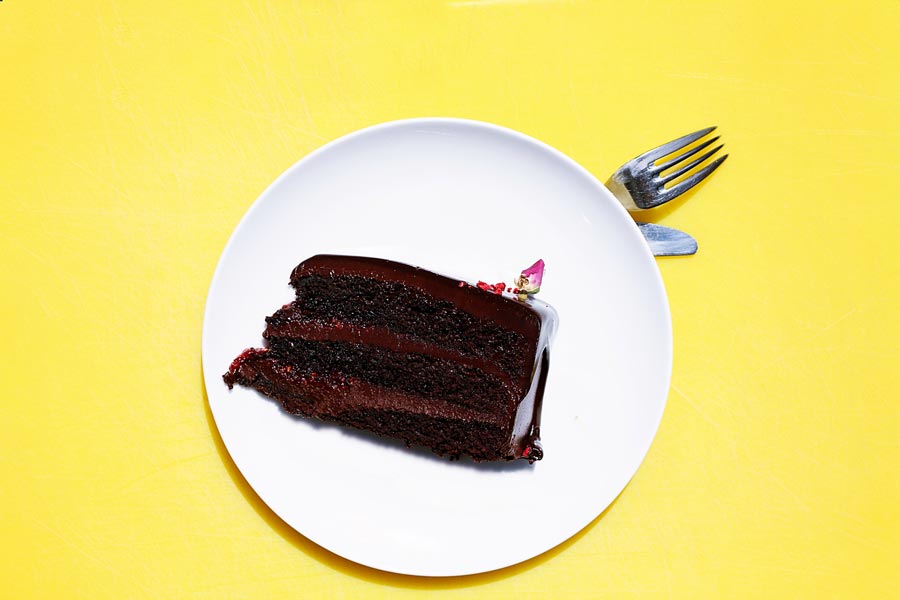
There are different philosophies on “cheats” once you adopt a low-carb, keto lifestyle.
My view is you are going to die one day, and if you LOVE a food, you need to allow yourself it – under the right circumstances.
But once again, don’t use this as an excuse.
You must sacrifice some foods you love, because great tasting crappy foods are everywhere!
My method for managing a cheat day is simple.
I do one of the following:
- Cheat After Losing Weight – I think it’s important for your body to adapt to eating and burning fat. Not to mention building up your positive habits. Therefore you should be strict when you start keto for at least 6-8 weeks before you consider adding a cheat meal or day into your routine.
- Intermittent Fasting – A cheat meal disrupts ketosis and switches you from burning fat to using glucose for energy. So I often plan a cheat meal a day in advance and fast from dinner the night before until mid-to-late afternoon. Then I’ll eat like a savage for an hour or two, and resume fasting until the next day. This gives your body a chance to quickly absorb carbs on the front-end, and also get back into fat burning mode by fasting longer after indulging.
- Cheat on Holidays – I’m not one to limit myself on big family occasions when food is abundant. Those are the ideal times to build cheat days into your calendar. But that means you should follow your healthy diet and/or intermittent fasting in the days before and after!
- High Intensity Workouts – Many experts recommend eating protein and carbs in the 60-90 minute window after a difficult workout. The reasoning is that you’ve depleted the carb (glycogen) reserves in your muscles, and they are more sensitive to replenishing. Therefore more of your meal will be partitioned to your muscles instead of your fat cells compared to eating much later. I’ll also force myself to workout hard in the morning if I cheated the night before.
- Drink Water Beforehand – There are some lessons you learn the hard way. A cheat meal taught me the importance of water. One day I wasn’t properly hydrated and I totally broke down eating junk food. Later in the evening, I felt horrible. When you eat high carb, your body retains water. You also require water for digestion. The problem was my stomach was so bloated that I couldn’t drink any. Eventually, I threw up. Thankfully, I felt immediate relief. Learn from me, and prepare for a cheat meal by being properly hydrated. It’ll help with digestion and keep you from going too overboard with food.
I want to make a final note that the days when I cheat spontaneously, it’s largely due to not having food in my house that I want to eat. So I go out and make bad decisions.
That’s why I want to stress the importance of planning/prep to ensure your success while allowing a cheat every now and then!
Final Thoughts
I will never say the keto diet works 100% of the time. That’s an unfair proposition.
I will tell everyone the keto diet worked for me. It’s the right mix of the foods I love, feeling noticeably better, having more energy and less hunger. The icing on the cake is that I’ve lost 35 lbs.*
Balance is the ultimate key to long-term success.
Don’t be so strict that you break yourself down within months.
Don’t indulge so often that you sabotage your vision of self-improvement one year from today.
Even if physically unhealthy, I believe it’s mentally healthy to have meals or days where nothing is off-limits.
If you have the positive habits built-in, you’ll enjoy it yet want to stay on track after cheating!
FREE 7-Day Keto Meal Plan!
Start the keto diet with your first week planned, including a shopping list and all nutrition information.
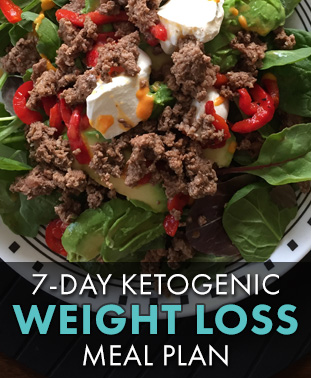 Download Now
Download Now

